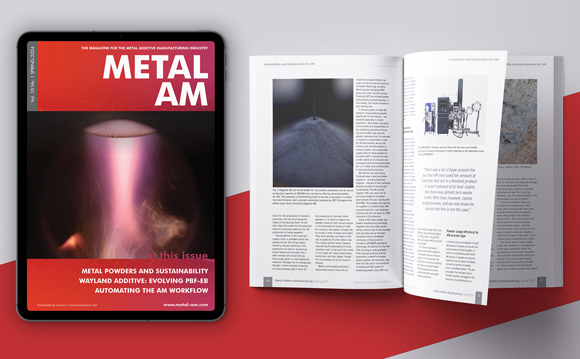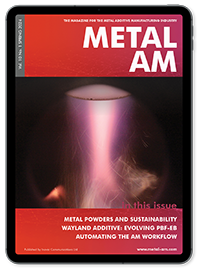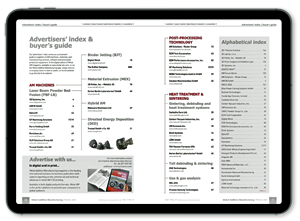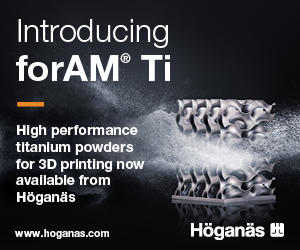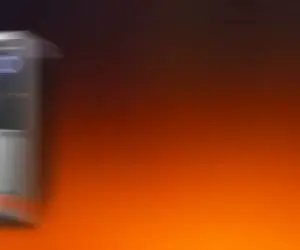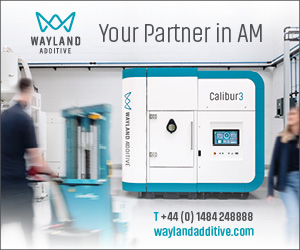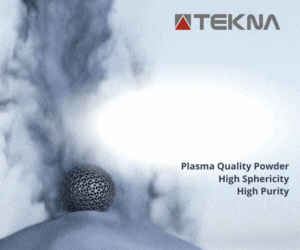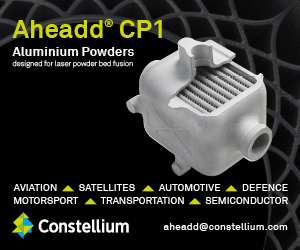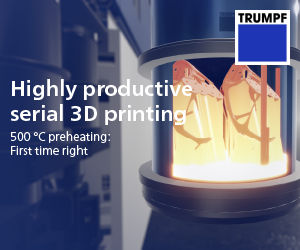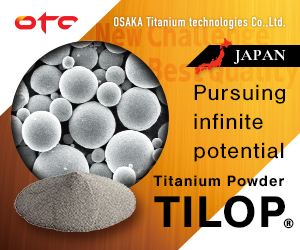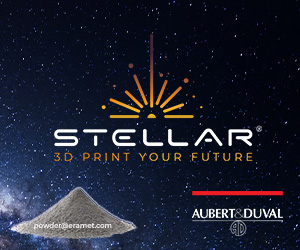ZEISS and ORNL partner to advance AM characterisation through AI and X-ray CT
August 18, 2021
Carl Zeiss Industrial Metrology, LLC, part of the ZEISS Group with its American headquarters in Maple Grove, Minnesota, USA, has partnered with Tennessee’s Oak Ridge National Laboratory (ORNL) on a project chosen to receive funding through the US Department of Energy’s (DOE’s) Technology Commercialization Fund (TFC). The 2021 TFC project selections represent twelve DOE National Labs across the nation, and are supported by partners in twenty states and four countries.
ZEISS and ORNL currently have a cooperative research and development agreement (CRADA) to develop and commercialise a comprehensive powder-to-part characterisation methodology for Additive Manufacturing using the ZEISS 3D ManuFACT Solution — an integrated inspection workflow. The methodology should enable the rapid qualification of new alloys, powder materials and processes for additively manufactured parts, as well as the quicker certification and qualification of AM components. The collaboration – “Leveraging Artificial Intelligence (AI) to Enable Reliable Non-Destructive Characterization of Additively Manufactured (AM) Parts Using X-ray CT” – is led by Dr Amir Koushyar Ziabari, an R&D staff scientist at ORNL.
“We want our X-ray CT (XCT) machines to be able to drive AM processes toward printing consistent, predictable and repeatable parts,” stated Dr Pradeep Bhattad, Business Development Manager for Additive Manufacturing, ZEISS Industrial Quality Solutions. “Due to the complexity of AM parts, X-ray CT is increasingly becoming the preferred technology to qualify the parts. However, AI-based X-ray CT has the potential to revolutionise non-destructive testing (NDT) and metrology beyond just the AM industry.”
ZEISS 3D ManuFACT includes XCT characterisation tools such as an industrial computed tomography system, a 3D X-ray microscopes and and a computed tomography inspection system. Dr Ziabari and co-investigators Dr Singanallur Venkatakrishnan, Dr Philip Bingham, Dr Ryan Dehoff and Dr Vincent Paquit developed an algorithm for use with these computational imaging systems.
“The AI-based technology enhances XCT capabilities, producing fast and high-quality images with significant improvement in noise and artefact suppression, thus improving accuracy of measurements,” added Dr Ziabari.
X-ray CT-based characterisation provides insights into processing, microstructure, material properties and performance of complex AM parts. ZEISS XCT systems’ non-destructive evaluation (NDE) capabilities are particularly critical for inspecting metal AM parts.
Dr Ziabari explained, “A scanner will acquire a series of projections of a part, such as an airplane engine turbine blade from different angles, and these are then reconstructed into a 3D volume using a mathematical model such as FDK.”
ORNL’s algorithm reportedly improves this process by leveraging existing computer-aided design (CAD) models for AM parts along with the physics-based information to train a deep convolutional neural network that learns to remove the noise and artifact from synthetic XCT data, and then applies the trained network to actual experimental XCT data.
“The relevant artefacts here are metal artefacts and beam hardening, which are due to the polychromatic nature of the light resulting in higher absorption of low-energy X-ray photons by dense materials such as metals,” Dr Ziabari continued. “Other artefacts and noise stem from reducing the scan time for such dense materials. Our framework has been able to reduce noise and beam hardening artefacts significantly, while enhancing the defect detection capabilities and aims to reduce the scan times by a factor of six.”
Dr Bhattad added, “We are really satisfied and excited by the hard work Dr Ziabari and his team have put in. The results show great potential not just for AM, but for a diversity of applications, multi-material systems and complex geometries. The enhancement of NDE could easily translate to 100% inspection of high-volume products, ranging from electronics to batteries to even digital twins for critical components such as turbine blades in aerospace applications or additively manufactured medical and dental implants. We see real value in this algorithm facilitating rapid inspection of the entire production chain with XCT for both NDE and metrology.”
ORNL receives funding from the DOE’s Advanced Manufacturing Office (AMO). Dr Ziabari and his team have outlined a five-step research and development plan in coordination with ZEISS for the project’s first year:
- Phase One: Testing and evaluating the algorithms on several real datasets
- Phase Two: Leverage novel domain adaptation techniques to ensure the proposed method translates to a range of samples and for multi-material structures
- Phase Three: Documentation, development of the final executable user interface and modelling that will be verified by ZEISS’ test data
The expected first year outcomes include quantifying the improvement in porosity detection capability and resolution, quantifying the improvement in metrology by comparing XCT results against ZEISS CMM measurements of samples and generalising the network so it can work on multiple resolutions. The ultimate goal is said to be the further development of the technology until it is ready for commercialisation, whereupon it can be adopted in the wider XCT market.



